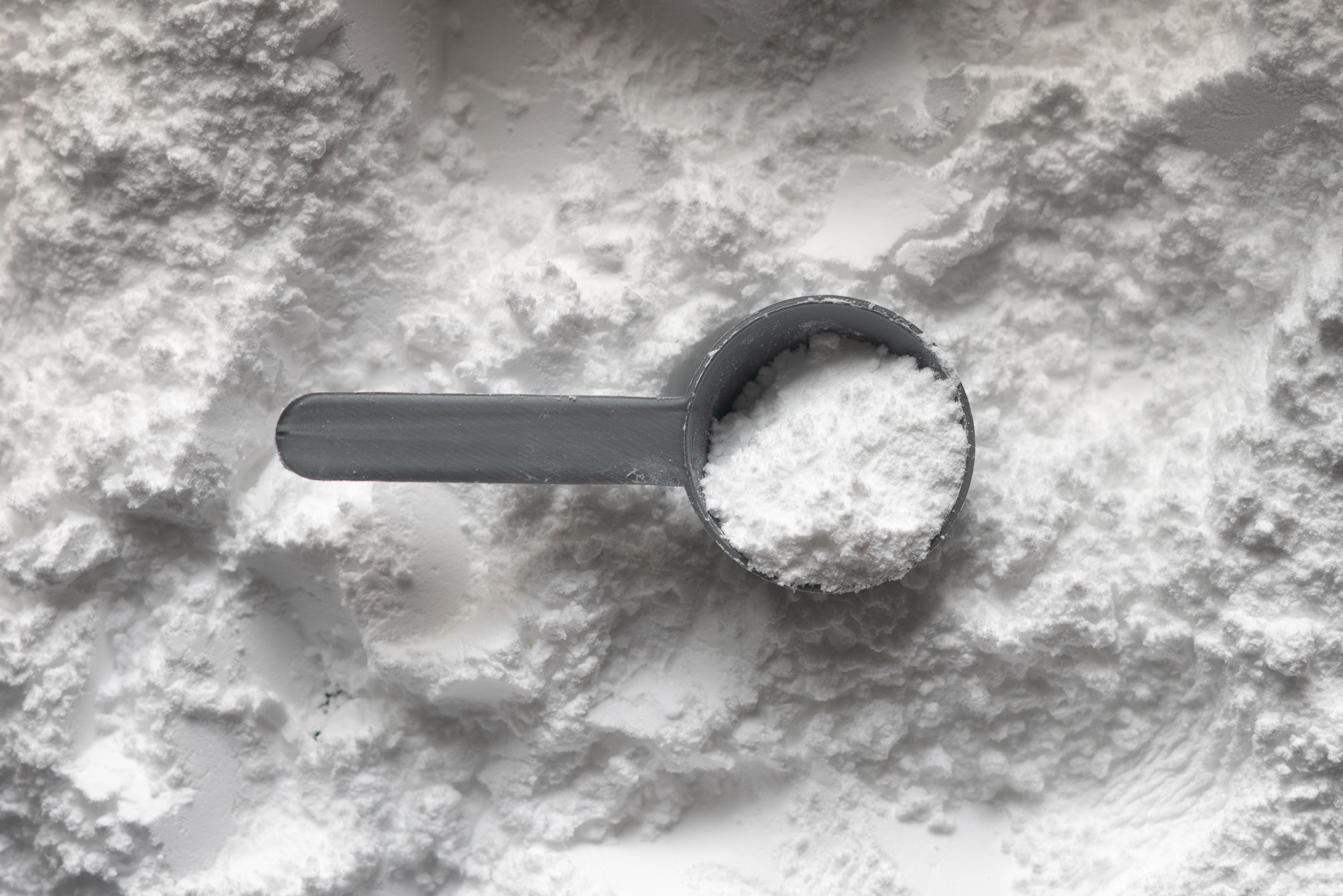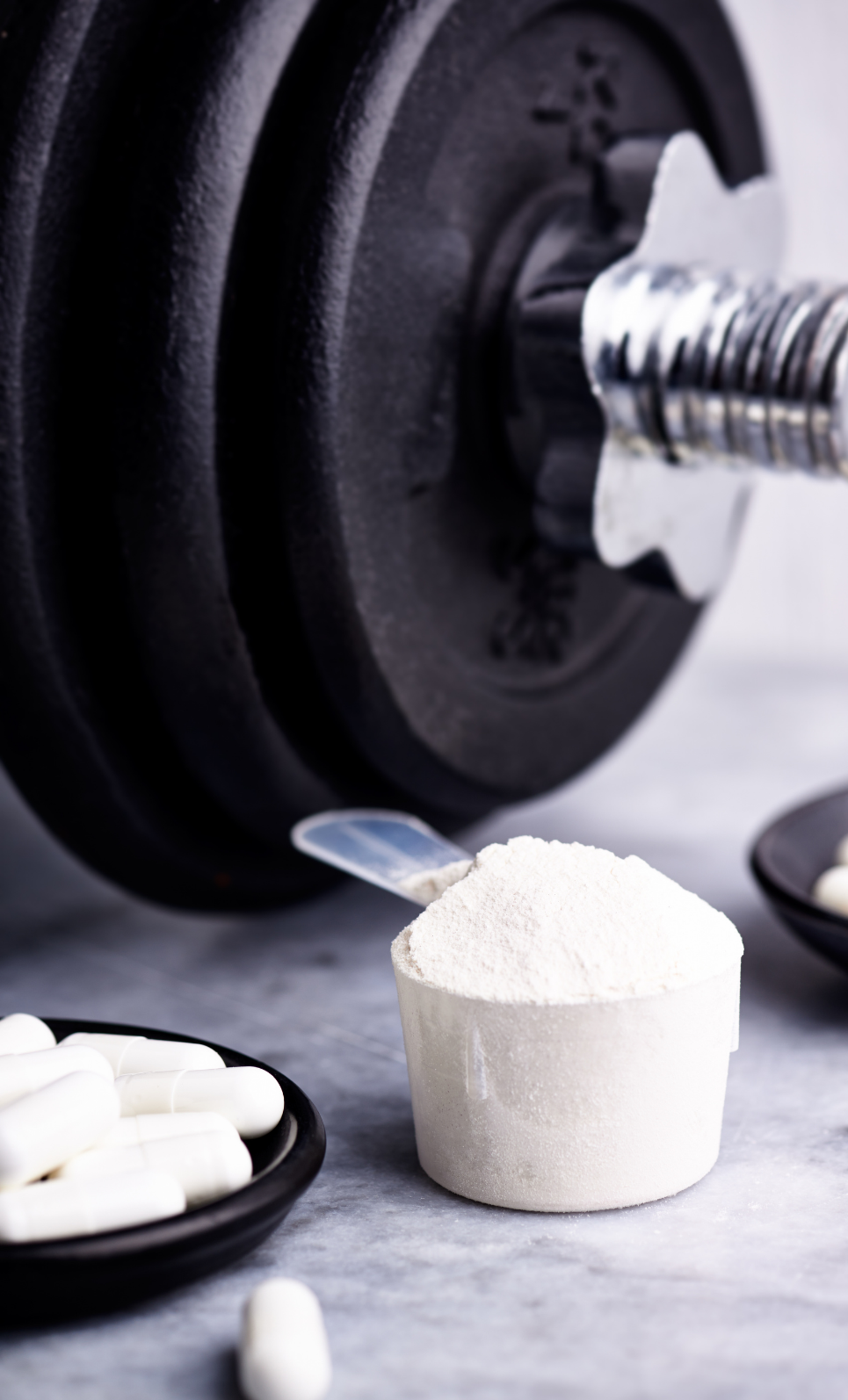What is it?
Creatine – a substance our bodies naturally produce – has been reported as one of the most commonly used dietary sports supplement, mostly for aiding muscle growth and strength gains alongside resistance training. As you will see after reading this article, its supplementation benefits can reach further than this, especially for women, older adults and vegetarians.
In its most basic form, creatine is an amino acid – a building block of protein. In our bodies, 95% of creatine is stored in skeletal muscle. Although it can be obtained from certain foods, mainly meat and fish, your average carnivorous diet would likely only provide small amounts each day, and even less if you are a flexitarian, vegetarian or vegan.
The main role of creatine in the body is to supply energy to your muscles in the form of ATP. Which acts as a quick energy source for muscle cells, during high-intensity, short-duration exercises, like weightlifting or sprinting.


